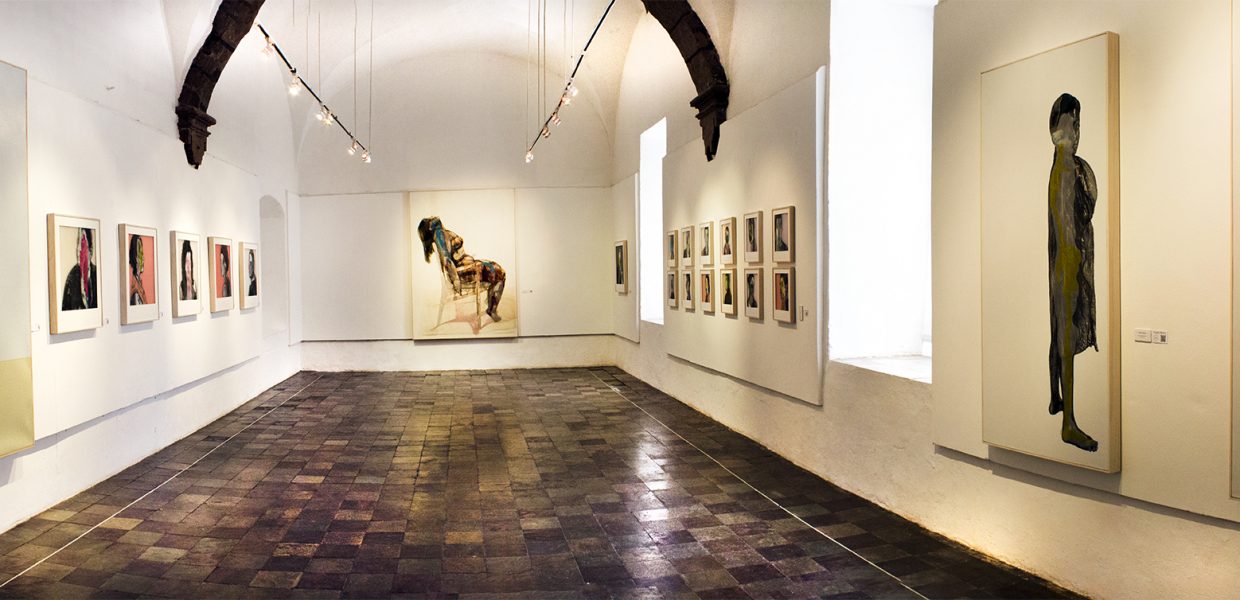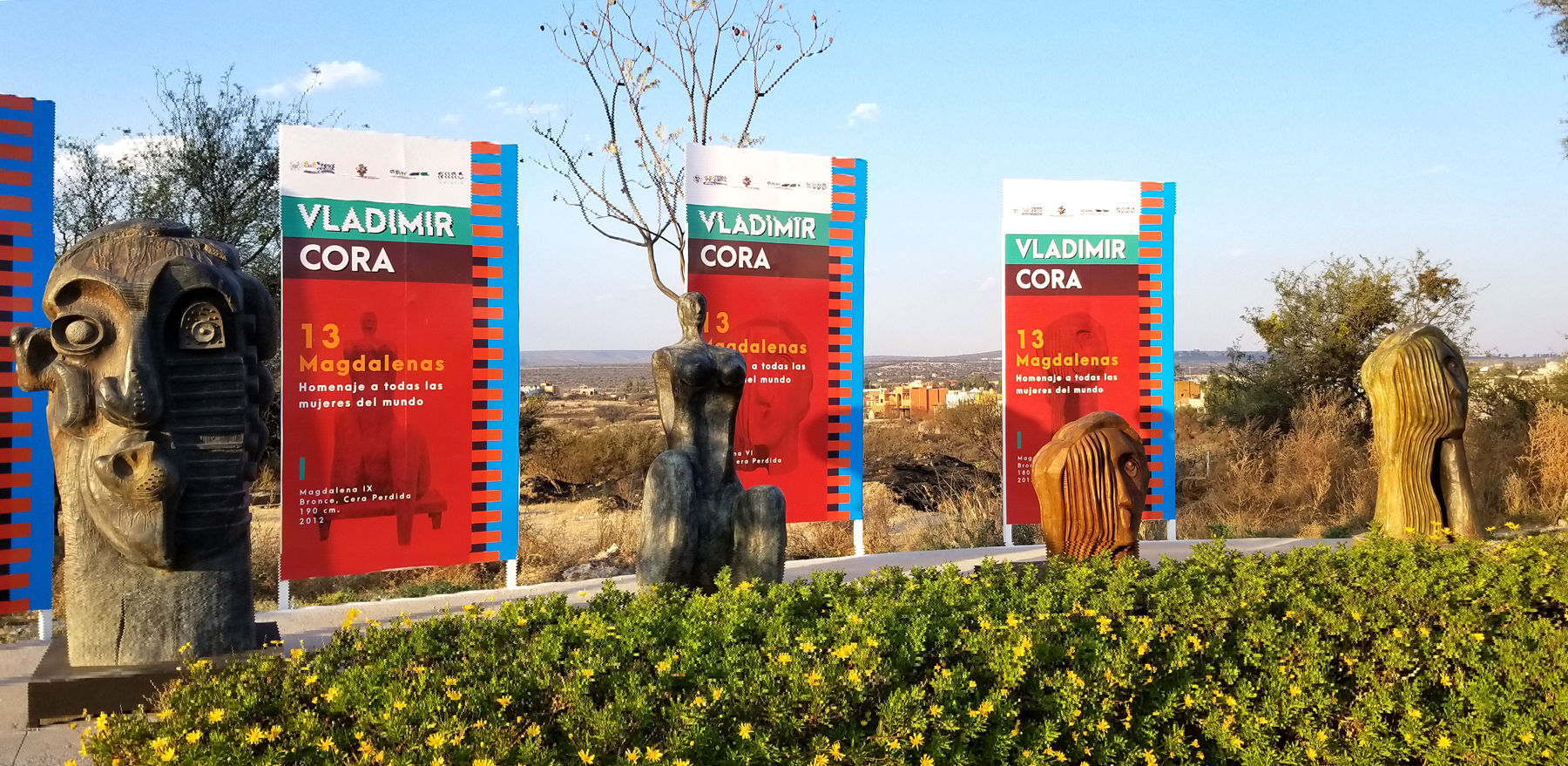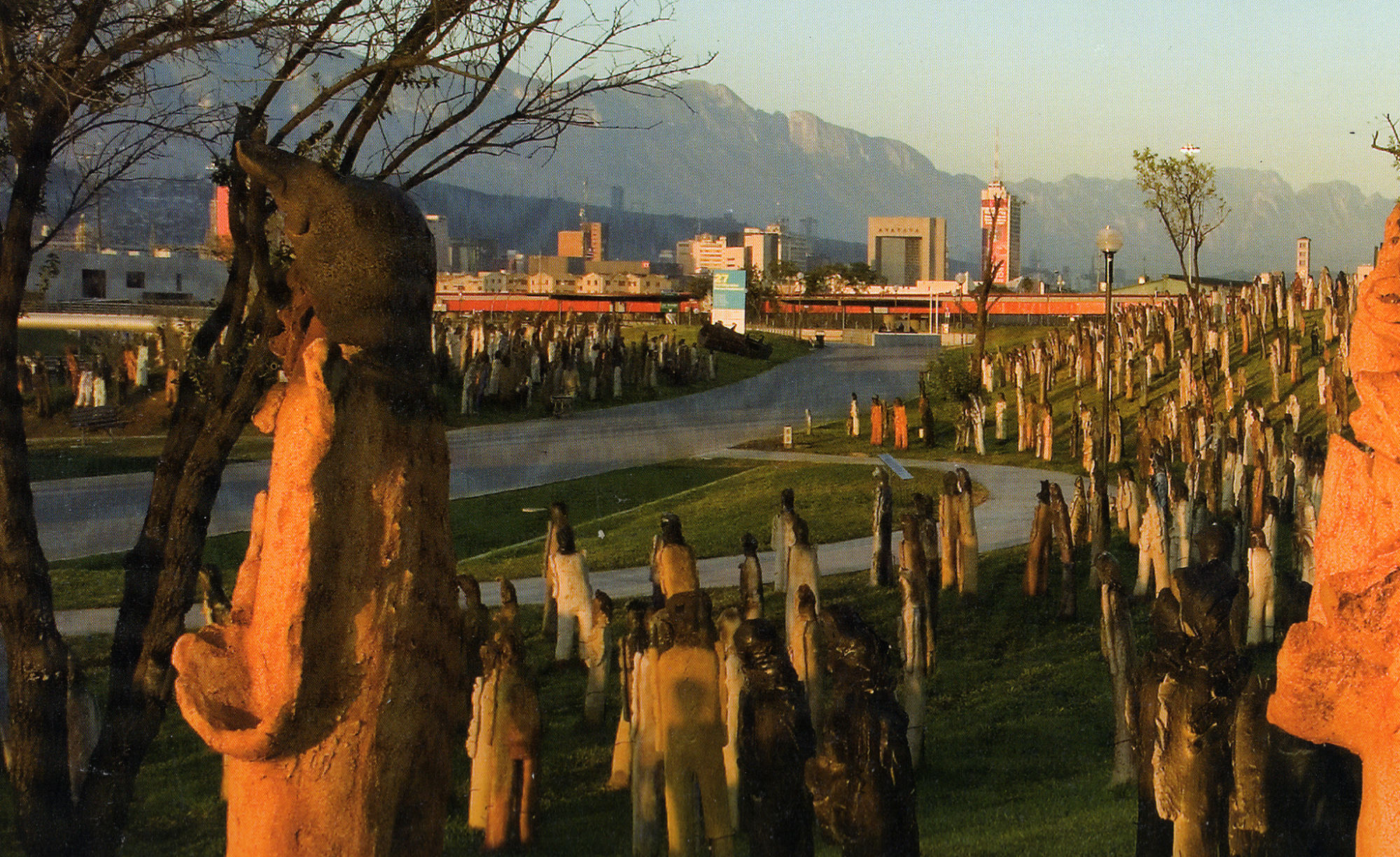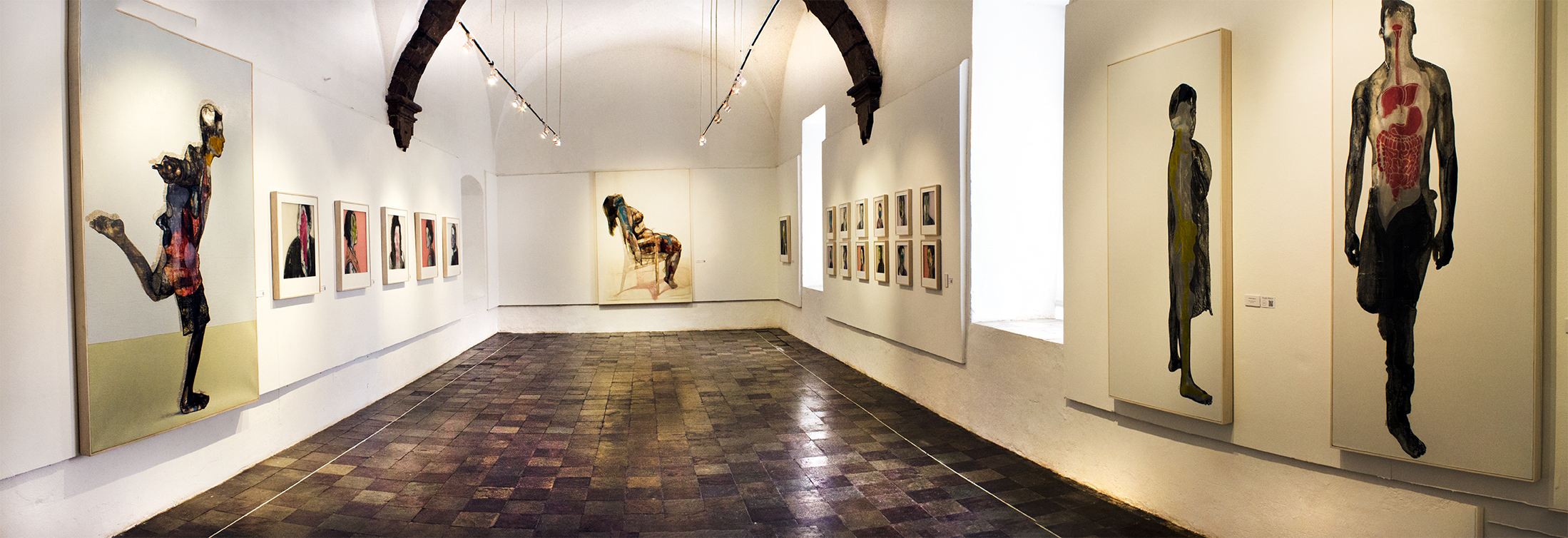Su Arte: Belleza, Construcción y Deconstrucción
Rogelio Manzo ha ido investigando una suma compleja de técnicas, soportes y disciplinas para desarrollar sus obras. De hecho, si bien para el público común pareciera que nos enfrentamos a un trabajo pictórico con texturas y capas, para él, trabaja más en el campo del ensamblaje y por ello más cercano a la escultura. Sus intenciones son escultóricas y pareciera decirnos, que él ha adelgazado los volúmenes escultóricos a capas que utilizan cualquier medio para ir sumando las formas hasta llegar a esa pieza final que deviene en ultra bajos relieves, texturizados y con muchos niveles visuales, transparencias, fondos. Lo que Manzo ha hecho pues, es reinventar el bajo relieve haciéndose de herramientas contemporáneas como la fotografía, la gráfica digital, la serigrafía, el transfer, el collage, el ensamblaje, desarrolla con todos los elementos a su alcance para cifrar la complejidad del individuo, sus matices, sus claroscuros, su mundo interior, de tal forma que los retratos son radiografías emocionales, psicológicas e intelectuales de cada ser que retoma como tema de su arte.
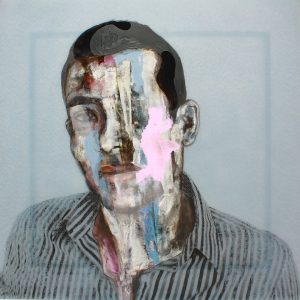
Se basa en el caos y la belleza, destruye y reconstruye rostros de personas que ha conocido en su andar, rostros de mujeres y hombres jóvenes o adultos e incluso niños, que en conjunto con los materiales utilizados nos aparecen en capas como en diferentes niveles de conciencia y concepción, obligando al espectador a dar una lectura diferente a comparación de solo mirar una fotografía. Aquí convergen al mismo tiempo diferentes técnicas como la transparencia, que surge a través de sobreponer telas lo que nos invita a ser más observadores con la pieza, así como a preguntarnos qué se encuentra por debajo y porqué el artista lo realizó de esta manera, qué nos quiere decir?. Todo un sistema artístico – corporal que nos hace imaginar / percibir cómo es nuestro cuerpo por dentro, con un sistema nervioso, una estructura ósea, venas, cavidades, etc.
Parte del cuerpo humano como referencia de belleza, construcción y deconstrucción.
Artist Rogelio Manzo (Guadalajara, Mexico, 1975)
His art: Construction and Deconstruction
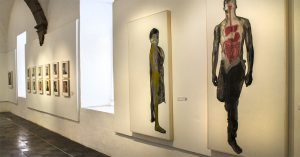
Rogelio Manzo has been investigating a complex amount of techniques, foundations and disciplines to develop his work. In fact, even if it seems to the general public that we confronted with a pictorial work with textures and layers, in reality he works more in the field of assemblage and thus closer to sculpture. His intention is sculptural and it seems he is telling us that he has reduced his sculptural volumes to layers.He uses any medium to add form and arrive at the final piece, which evolves into an ultra-low relief, textured on many visual levels, transparencies and depths. What Manzo has done, therefore, is to reinvent the low relief, availing himself of modern tools like photography, digital graphics, silkscreen, transfer, collage and assemblage developed with all the elements at his disposal to encode the complexity of the individual, his nuances, his lights and shadows, his inner world, in such a way that his portraits are emotional, psychological and intellectual X-rays of the beings he takes as subjects of his art.
He builds on chaos and beauty, he destroys and rebuilds the faces of the people he has met on the way: faces of women and men, young people and old and even children, who together with the materials he uses appear to us in layers as if on different levels of consciousness and conception, forcing the viewer to make a new reading, in comparison with simply looking at a photograph. Different techniques converge here simultaneously, such as transparency, which emerges through superimposing fabric, that invites us to observe the piece and ask ourselves what is found underneath and why the artist made it this way and what he is trying to tell us. A complete artistic system—corporal that makes us imagine/perceive our body from the inside, with its nervous system, bone structure, veins, cavities and so forth.
Part of the human body as a reference to beauty, construction and deconstruction.

